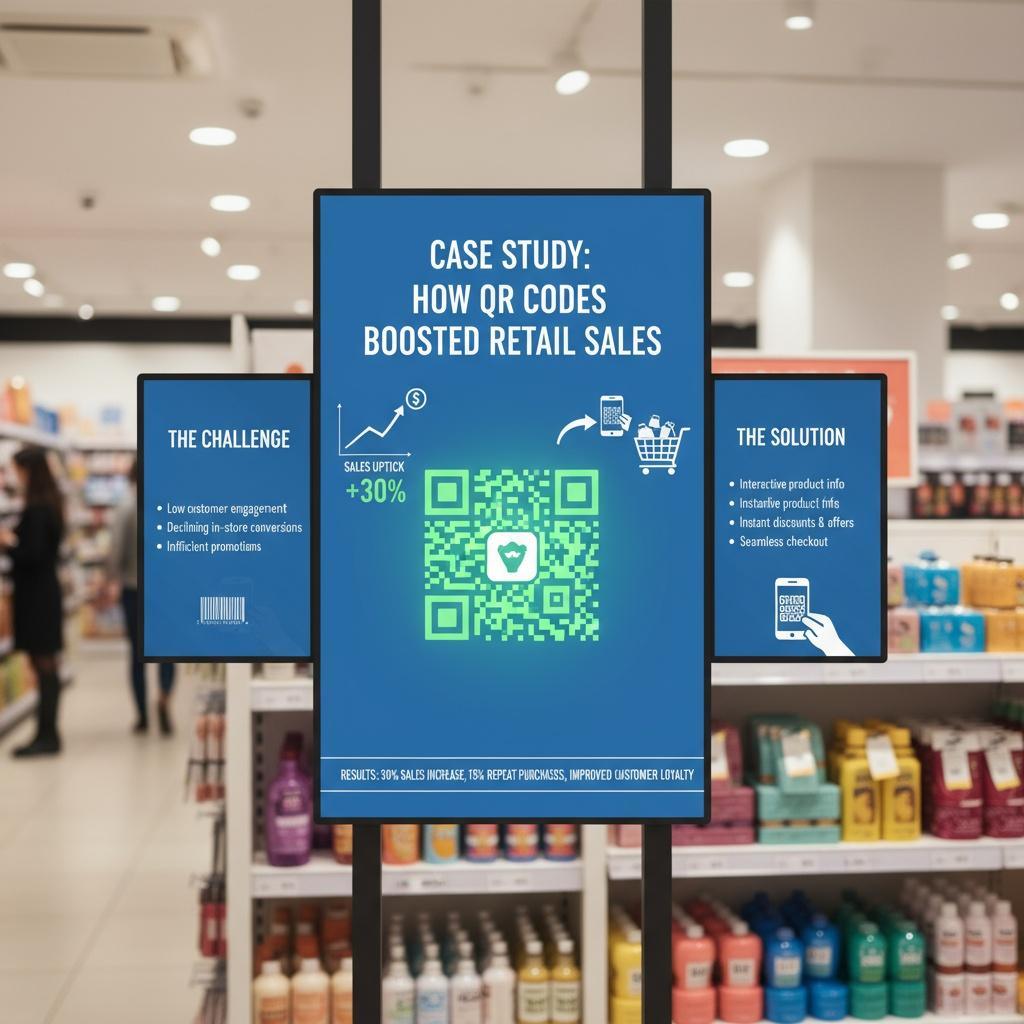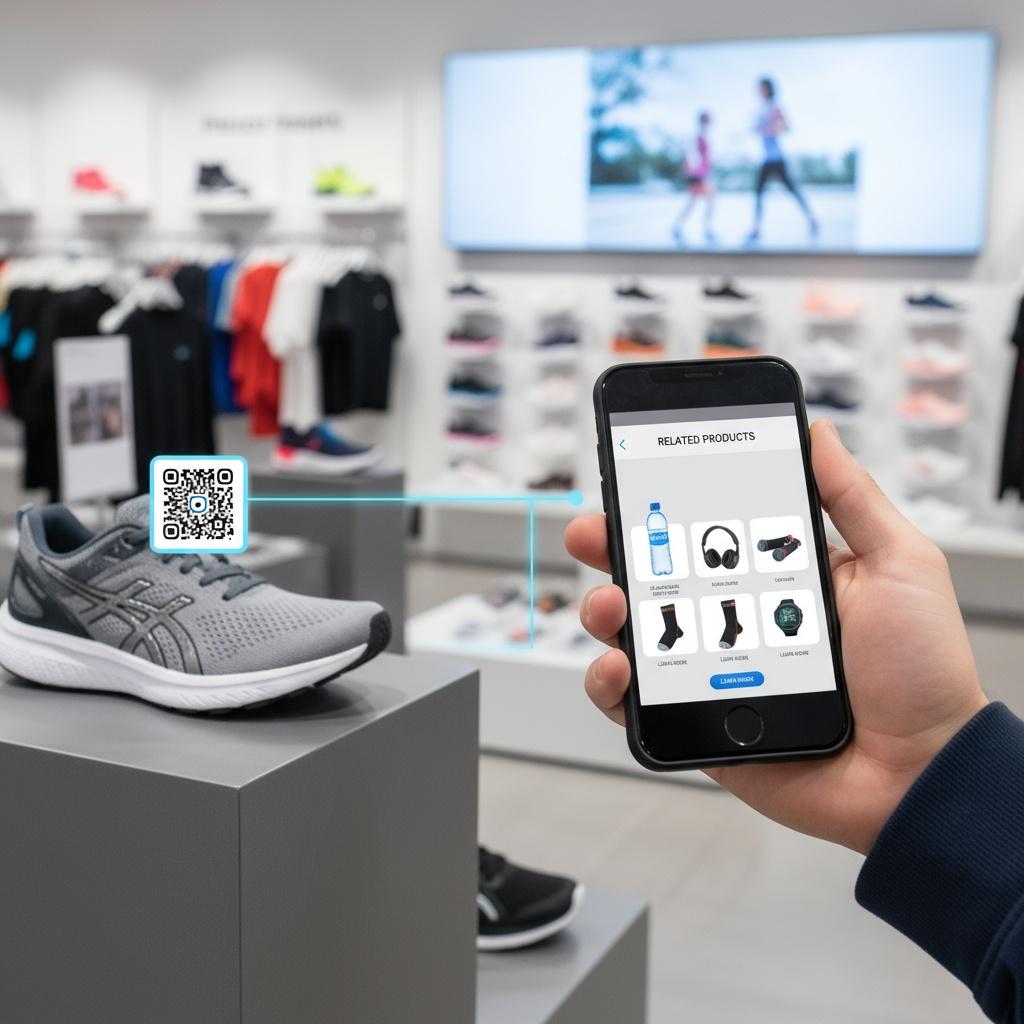

QR codes in business have graduated from novelty to necessity, becoming one of the most practical digital transformation tools for guiding customers to complementary items. When a shopper scans a code on packaging, shelf talkers, or receipts, you can route them to rich content that recommends accessories, refills, bundles, or higher-value alternatives. Unlike static print, QR-led journeys are dynamic and contextual: they can adapt to seasonality, inventory, location, and even the customer’s profile or scan history. This flexibility turns ordinary packaging into a discovery engine that supports modern marketing strategies without adding friction to the shopping experience.
The biggest leap forward is the move from one-off QR pages to standards-based, updatable experiences using the GS1 Digital Link standard for brands. By “web-enabling” product identifiers, a single code can deliver ingredient details, sustainability proof points, warranties, how-to guides, and—critically—relevant product suggestions. Because the destination is structured and updateable, marketers can refresh cross-sell modules, swap in regional offers, or highlight new collections without reprinting packaging. The result is a persistent product URL that powers discovery before, during, and after purchase, with consistent data across channels.
Customers scan when they have questions: “Does this fit my device?” “What complements this shade?” “Is there a family pack?” QR codes answer these questions at the moment of intent, shortening the distance between curiosity and conversion. Retailers and brands are rapidly adopting 2D codes because they unify identification and engagement, making it easier to maintain both shelf efficiency and mobile experiences. For a practical perspective on adoption and benefits, see this industry view on the shift to GS1 Digital Link 2D barcodes, which highlights how standards-based QR codes streamline operations while opening up richer, scan-to-learn journeys.
Every scan is a signal. With privacy-safe analytics, you can use scan context (SKU, store, geo, time of day, device type) and past engagement to power recommendation rules—think “bought pasta sauce, suggest premium linguine + artisan olive oil,” or “scanned toner, recommend high-yield cartridge + paper bundle.” When integrated with a product graph and inventory, these rules become smarter: only in-stock items are shown, accessories match the exact model, and refills align to size and color. Over time, scan patterns reveal micro-segments, enabling A/B-tested offers that lift cart value and increase repeat purchases while respecting consent and data minimization.
Start by mapping customer questions to content modules (how-tos, proof, care, compatibility, recipes), then attach related product tiles to each module. Use standards so codes scale across lines and geographies; the Consumer Goods Forum initiative on 2D barcodes and GS1 best practices for QR Codes powered by GS1 outline how to future-proof packaging and data. Next, define your recommendation logic (compatibility, complements, substitutes, refill cycles) and build dynamic rules that can be updated centrally. Finally, connect analytics to commerce so scan-to-cart is only a tap away.
Avoid common pitfalls that undermine discovery: burying the code, weak calls-to-action, slow pages, and generic landing screens. Treat QR as a mobile product detail page, not a marketing afterthought. Optimize scanning UX (adequate size/contrast, protective quiet zones), localize content, and prefetch assets to cut load times. Measure what matters: scan-to-view rate, add-to-cart from recommendations, attachment rate, and revenue per scan. Use cohort testing to refine headline copy, creative, and offer sequencing—and retire underperforming cross-sell tiles quickly.
Grocery brands link a pasta sauce label to recipes that automatically assemble a bundle (pasta, parmesan, basil), raising basket size. Beauty companies use QR codes as digital advisors: scan a foundation to see undertone-matched concealers and setting powders. Electronics brands connect serial-level scans to fit-verified accessories and extended warranties. Beverage makers use seasonal content to promote limited flavors or multi-packs nearby. Even B2B suppliers unlock spare-part diagrams and compatible components from the field. In each case, the QR experience isn’t just informational—it’s a conversion layer that nudges relevant add-ons at the exact moment of consideration.
QR codes are no longer just bridges to information; they are precision tools for product discovery and cross-selling in a world of shrinking attention. By pairing standards like GS1 Digital Link with well-structured content, intelligent recommendation rules, and clear measurement, brands turn everyday packaging into an always-on, mobile-first storefront. The payoff is tangible: lower friction, higher attachment rates, and stronger first-party insights—all aligned with digital transformation tools and modern marketing strategies that deliver more value with every scan.